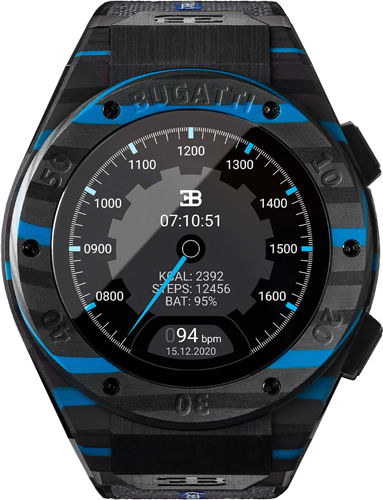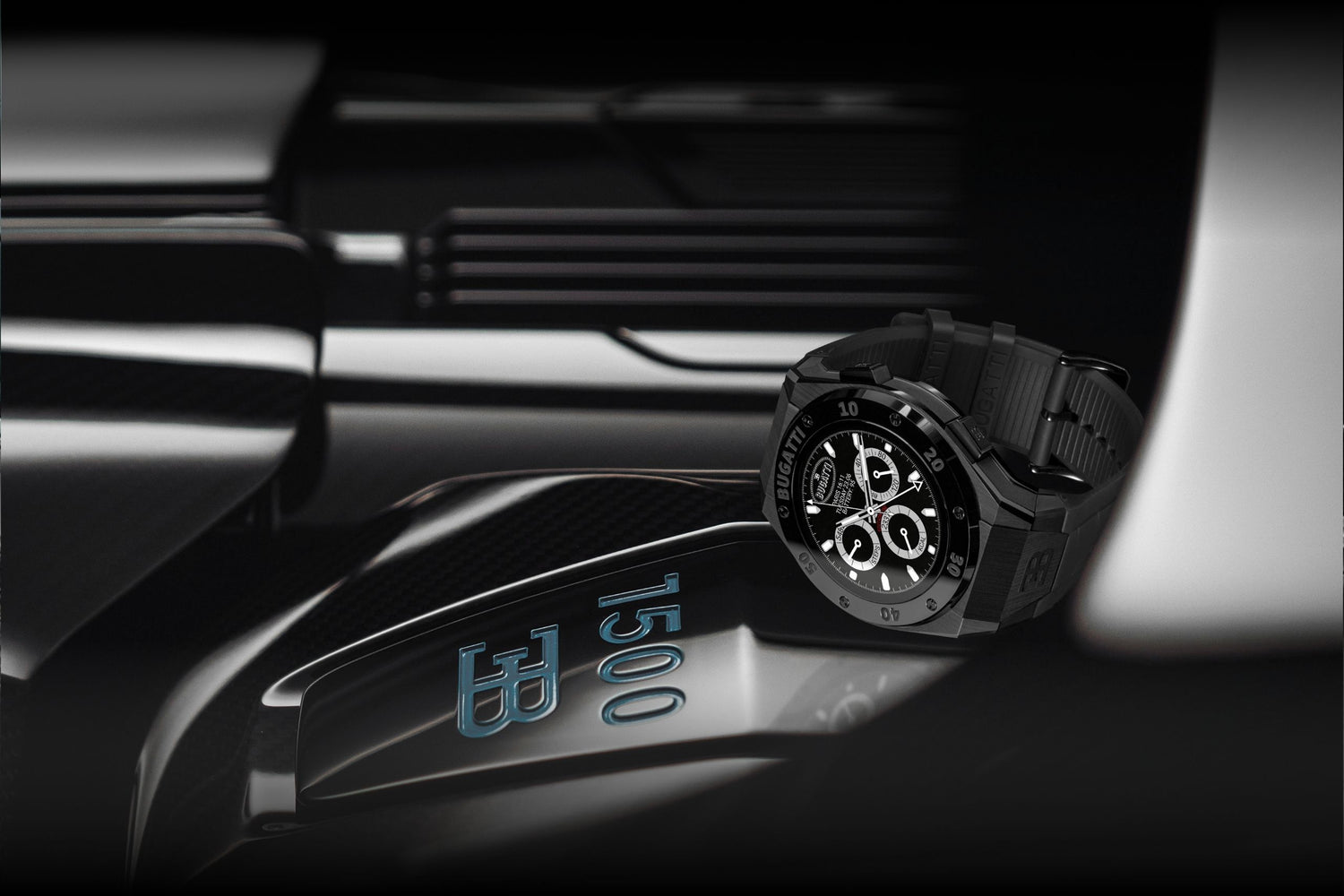In the tech-savvy world we live in, smartwatches have quickly evolved from being a fascinating novelty to an almost indispensable tool for many of us. Their utility, convenience, and portability have reshaped our perception of wearable technology. However, one major point of consideration remains: how long these devices last before needing a recharge. To understand this better, we need to take a look under the hood at what powers these watches - the battery.
The Heart of Your Smartwatch: The Battery
The battery is the powerhouse of a smartwatch, providing the necessary energy to run its many functions. Most smartwatches use lithium-ion or lithium-polymer batteries due to their energy efficiency, longevity, and ability to handle frequent charging cycles.
How Does the Battery Work?
In simple terms, a battery is a device that stores chemical energy and converts it into electrical energy. In a lithium-ion or lithium-polymer battery, this process involves the movement of lithium ions. When the smartwatch is in use, these ions move from the anode (negative electrode) to the cathode (positive electrode), creating an electric current. During charging, this process is reversed.
Factors That Influence Battery Life
There are several factors that influence how long a smartwatch battery can last between charges. Here are a few:
-
Screen Technology and Brightness: Smartwatches with OLED or AMOLED screens often use less power than those with LCD screens because they only light up the pixels needed to display something. Additionally, higher brightness levels drain the battery faster.
-
Smartwatch Use: The more you use a smartwatch, the quicker the battery drain. Especially activities that use GPS are particularly power-hungry.
-
Background Functions: Functions like heart rate monitoring, sleep tracking, push notifications, and others that operate in the background can significantly impact battery life.
Power Management Techniques
While the battery is an essential component, power management techniques incorporated by the device's operating system are equally crucial. This software controls how and when different parts of the watch consume power, optimizing battery use.
In conclusion, the battery life of a smartwatch depends on various interconnected factors. These range from the type of battery, the hardware of the watch, the operating system, and the usage pattern of the wearer. By understanding these, we can manage and even extend our smartwatch's battery life. It's essential to remember that even as technology advances, the principles of battery operation remain the same: it is all a careful balance of power in and power out.






